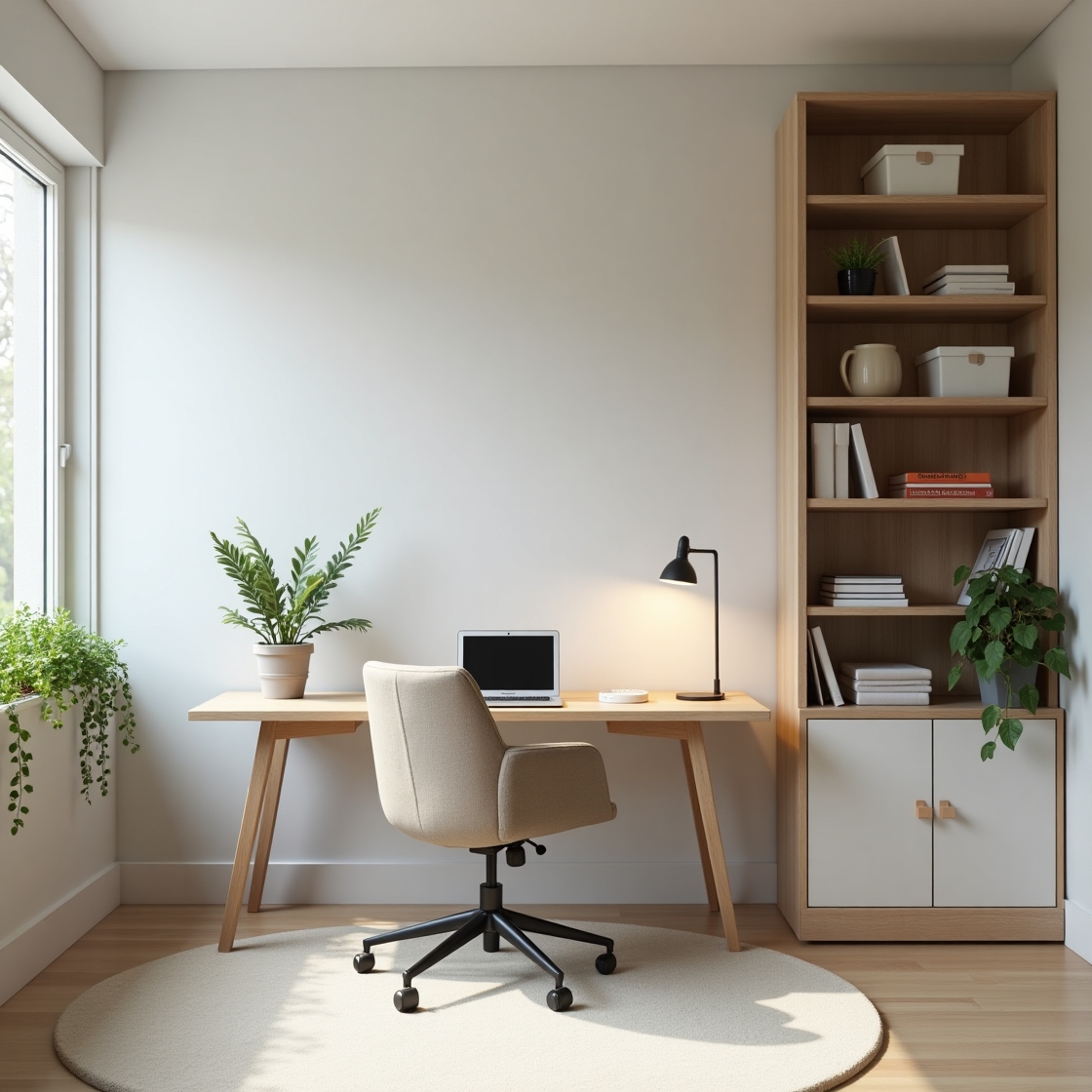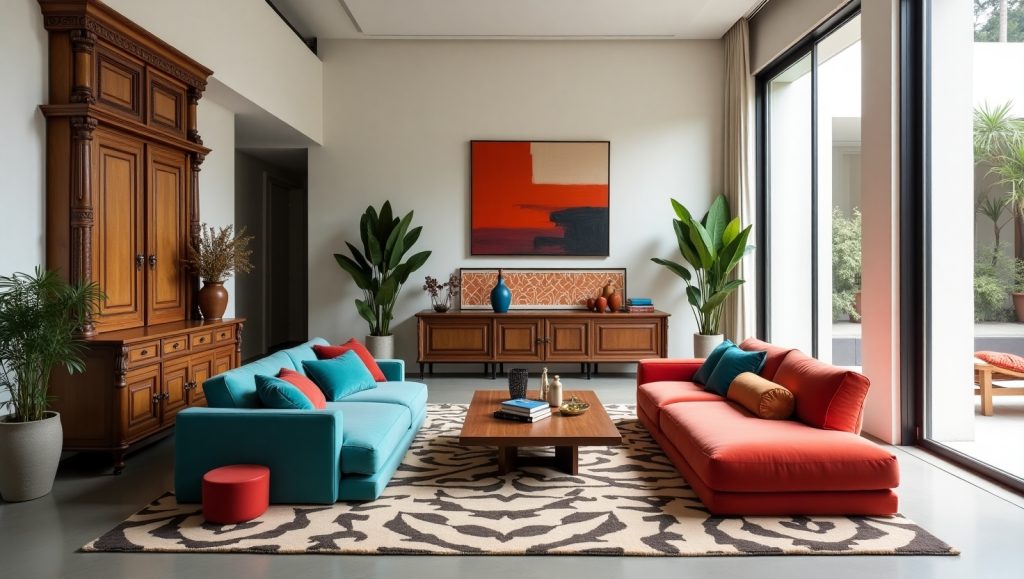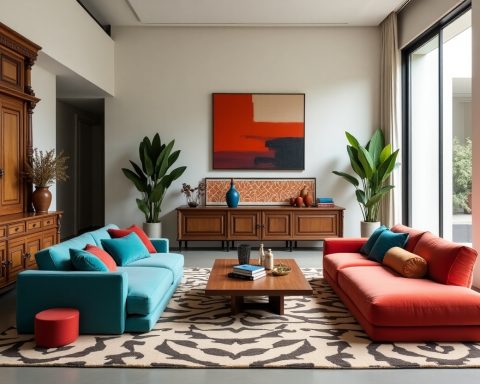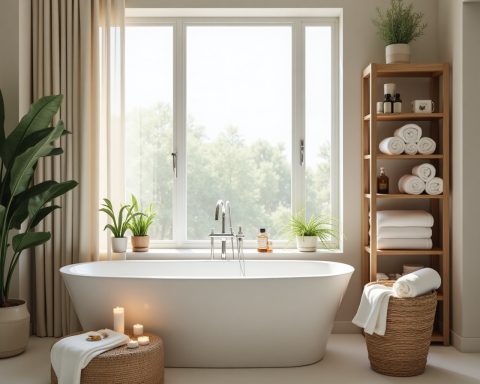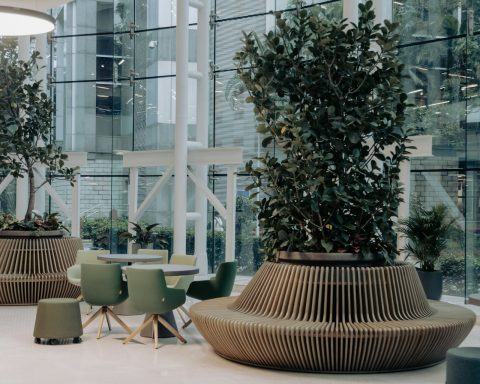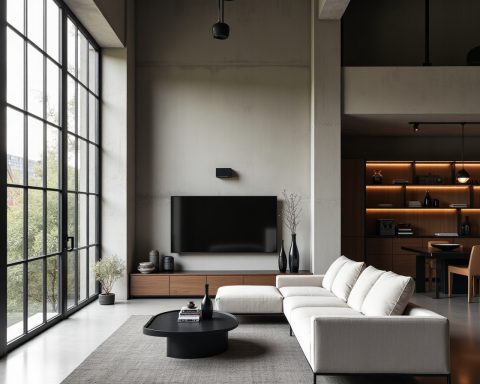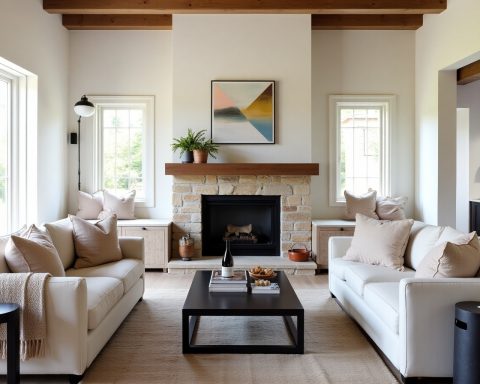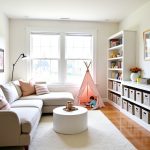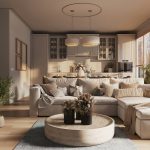In today’s world of remote work, freelancing, and digital entrepreneurship, a well-designed workspace isn’t just a luxury—it’s essential. Whether you’re setting up a home office, a creative studio, or a desk nook, your layout can directly impact your ability to stay focused, productive, and inspired.
Designers understand the psychological influence of space. The way your desk is positioned, the items in your line of sight, and even the lighting all work together to affect how well you concentrate. So if you’ve ever found yourself distracted, unmotivated, or mentally cluttered at your desk, your layout might be the silent culprit.
In this guide, we’ll walk through how to create a focus-enhancing workspace using smart layout strategies rooted in both interior design and productivity science.
Why Layout Matters in a Workspace
Before jumping into specifics, it’s important to understand why workspace layout is such a big deal.
A good layout helps to:
- Reduce visual distractions
- Encourage better posture
- Improve time management
- Support mental clarity
- Boost creativity and productivity
Your workspace is more than a desk and chair—it’s an environment that can support or sabotage your goals. The right layout aligns your physical surroundings with your mental intentions.
1. Choose the Right Location
Start with Purpose
Where your workspace is located can make or break your ability to focus. Whether you’re working in a dedicated home office or a corner of your living room, choose a spot that minimizes interruption and mental noise.
Ideal Locations:
- A quiet room away from high-traffic areas
- Near a natural light source (like a window)
- Separate from sleep or entertainment areas to create a mental boundary
Pro Tip: Avoid working in bed or from the couch. Not only is it bad for your posture, but it also confuses your brain’s association between spaces and activities—leading to procrastination and fatigue.
2. Establish Zones Within the Space
Professional designers often create functional “zones” within a space to promote flow and purpose. Your workspace should be no different.
Suggested Zones:
- Primary Work Zone: Desk, computer, main tools
- Secondary Zone: Shelves, printer, reference books
- Focus Zone: A clear surface for thinking or writing
- Inspiration Zone: Mood board, plant corner, vision board
Zoning helps compartmentalize tasks and makes it easier for your brain to shift gears without physically moving to a new location.
3. Optimize Your Desk Layout for Focus
Desk Positioning
The best desk orientation for focus is often facing a wall or window with your back to the room. This limits visual distractions and fosters a sense of privacy. However, natural light should ideally be to the side of your desk to avoid screen glare.
Ideal Desk Layout:
- Front and center: Laptop or monitor at eye level
- Dominant hand side: Frequently used items (mouse, notebook, pen holder)
- Leftover space: Lamp, greenery, or a small clock
Decluttered desks reduce cognitive overload and help you stay in “deep work” mode longer.
4. Prioritize Ergonomics for Energy and Focus
Ergonomic design isn’t just about comfort—it affects how long and how well you can focus.
Key Ergonomic Elements:
- Chair: Adjustable, lumbar support, feet flat on the floor
- Desk height: Elbows at 90 degrees when typing
- Screen: Top of monitor at or slightly below eye level
- Keyboard/mouse: Close enough to avoid leaning forward
Invest in a quality office chair—it’s one of the best purchases you can make for your productivity and health.
5. Use Lighting to Stay Alert
Lighting plays a powerful role in regulating focus and energy levels.
Tips for Lighting Your Workspace:
- Maximize daylight: Natural light boosts mood and alertness
- Use task lighting: A dedicated desk lamp reduces eye strain
- Avoid overhead glare: It creates fatigue over time
- Try warm-to-neutral bulbs: 3500K–5000K promotes alertness
Bonus Tip: Use smart bulbs to adjust lighting throughout the day—cooler light in the morning, warmer in the evening to support your body’s circadian rhythm.
6. Declutter to Improve Mental Clarity
A cluttered desk is often a reflection of a cluttered mind. If your workspace is filled with distractions, your brain has to work harder just to maintain focus.
Decluttering Strategies:
- Only keep essentials within arm’s reach
- Use storage boxes or trays to group loose items
- Go paperless where possible
- Schedule a weekly reset to keep your desk tidy
Clean, minimalist surfaces are a hallmark of both Scandinavian design and productivity science—for good reason.
7. Add Focus-Supportive Decor Elements
Designers know that decor is more than just aesthetics—it can actually shape behavior.
Focus-Enhancing Decor:
- Plants: Improve air quality and reduce stress (snake plants, pothos, succulents)
- Artwork: Stick to one or two calming, inspiring pieces
- Color psychology: Use blues and greens to promote calm and concentration
- Vision board: Helps you stay goal-oriented without overstimulating the mind
Avoid overly bright or bold patterns in your direct line of sight. Neutral tones or muted textures work better for long periods of concentration.
8. Use Sound Control to Eliminate Distractions
Even the best visual layout can’t overcome an auditory distraction.
Sound Management Ideas:
- Noise-canceling headphones
- White noise machine or focus music playlists
- Rugs, curtains, and soft furniture to absorb sound
- Door seals or draft stoppers for shared spaces
Design-wise, adding soft textures like curtains, throw pillows, or fabric panels can create a cozier, quieter vibe.
9. Incorporate Movement into Your Layout
Sitting still for hours kills productivity. Your workspace should allow and encourage micro-movement throughout the day.
How to Add Movement:
- Standing desk or adjustable riser
- Balance board or footrest
- Open floor space for stretching
- Small side table or bookshelf that requires you to get up occasionally
A layout that integrates standing or movement naturally will boost blood flow and mental clarity.
10. Personalize Without Overstimulating
While minimalism enhances focus, some personalization is important to feel connected to your space.
Thoughtful Personalization Tips:
- One or two framed photos
- A scented candle or essential oil diffuser
- A handmade or sentimental object
- Your favorite book, quote, or mug
The key is intentionality: each piece should serve a purpose—whether that’s motivation, grounding, or inspiration.
Final Thoughts: Creating a Focus-Boosting Workspace
Creating a focus-enhancing workspace isn’t about copying Pinterest-perfect offices—it’s about crafting an environment that supports your workflow, goals, and energy.
By using a smart layout, clear zones, ergonomic tools, natural light, and intentional design elements, you can transform any space into a sanctuary of concentration.
Remember, your workspace should inspire focus, not fight it.
